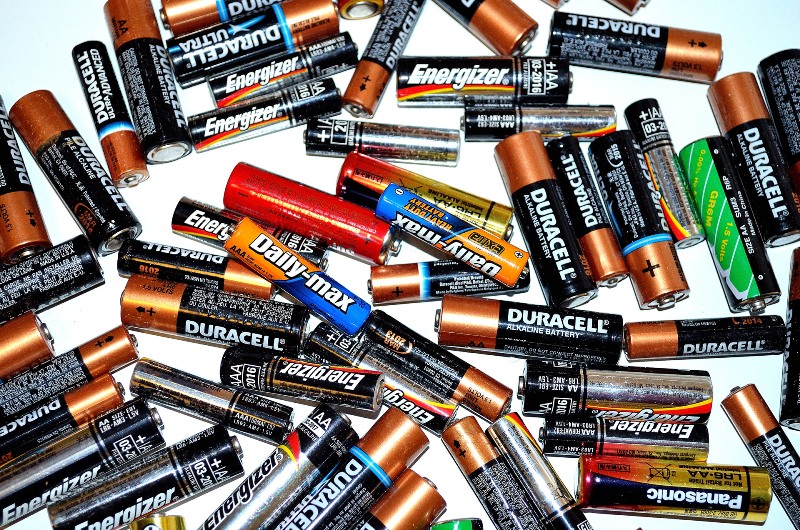Batteries are part of our life. We use them in many home and office devices and tools, big and small. They provide back-up power when people need to use mobile electronic devices. They are used in operating numerous toys as well.But unlike in the past when they can be used only once and then thrown away, the batteries of today are rechargeable.
Regardless of the type you have, though, it’s important to take note of the proper way of disposing of batteries. They should not just be thrown in the garbage bin like your other office and household waste products because of their chemical content. When they’re left in the landfill, there’s a great possibly that they will contaminate the water people consume.
As they contain highly hazardous chemicals, they need to be disposed of in the right place using the appropriate materials and equipment. This is to promote a green environment and prevent any harmful effects on the community. Mixing them with your usual garbage can result in fire and may even explode considering that dead batteries can still react with other materials such as aluminum foil.
Fortunately, there are many companies including home improvement and office supply stores today that offer a battery recycling service. They set up collection areas to make it easy for people to bring their used batteries for recycling purposes.
Steps in Battery Disposal
Immediately remove worn out batteries from your device and make sure to keep them away from children.
Do not ever throw your batteries in the fire. Despite the fact that they’re already dead, they can still explode.
If you have not yet scheduled a trip to the recycling facility, make it a point to store your dead batteries in a dry place. Better yet, put a tape over both ends of the battery to prevent acid from leaking.
Locate drop off areas or recycling facilities near your home. Do your research on the internet for your convenience.
In the U.S. and Canada, the Rechargeable Battery Recycling Corporation (RBRC) has carried out a program called Call2Recycle. The program provides collection centers where consumers can drop off their used batteries. At the same time, it provides business with prepaid shipping containers for rechargeable batteries.
In Europe, most countries including members of the European Union promote battery recycling. They also have drop off areas for collection of used and dead batteries.
In the U.K., household batteries can be dropped at council recycling sites, certain shops and shopping centers.
What They’re Made Of
Single-use or the silver oxide batteries such as the AA and AAA are referred to as the alkaline batteries. They contain a small amount of lead and mercury. Most of them can be recycled to recover the mercury.
Electrodes and an electrolyte are what make up a battery. The electrodes contain either a metal and carbon or two kinds of metals. The so-called electrochemical cells or cell elements normally contain zinc (cathode) and carbon (anode).
Batteries stored in room temperature self discharge at a rate of 8 to 20 percent per year. The older rechargeable types self discharge faster than their alkaline counterpart such as the nickel-based type.
Note that their capacity drops when stored in lower temperatures. Some can even be damaged in freezing temperature.
Each year, billions of batteries are used by consumers to provide power to their devices. Data gathered in 2005 showed that the battery industry around the world generates US$48 billion every year.
